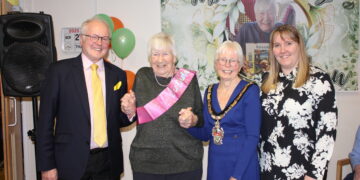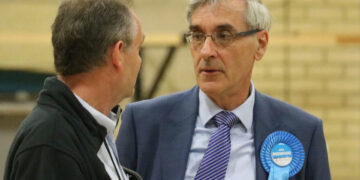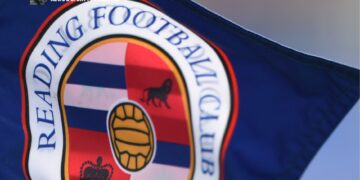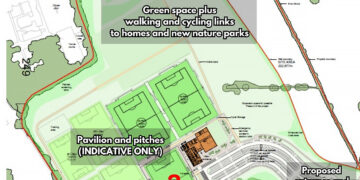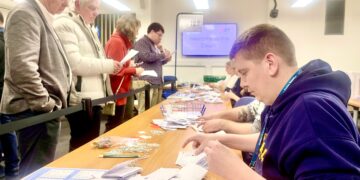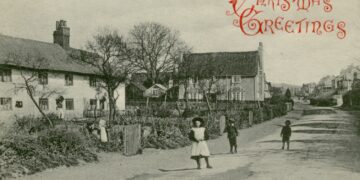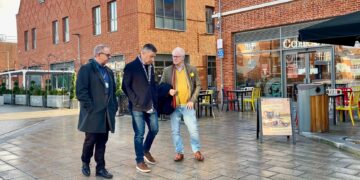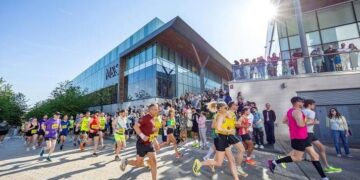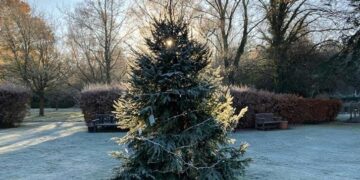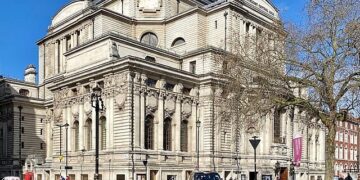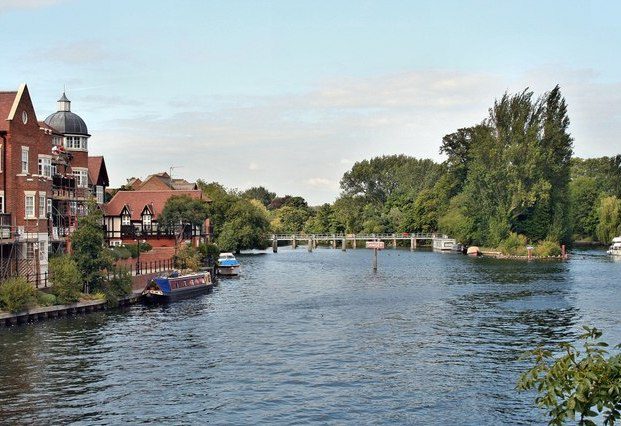LOCAL historian Graham Horn recently entertained members of the Wargrave Local History Society with a journey along the River Thames, sharing stories of the waterway’s rich heritage from Dorney to Albert Bridge.
The presentation highlighted several notable landmarks, including the Eton-Dorney rowing lake, which played a significant role in the 2012 London Olympics.
The lake, completed in 2002 on Eton College land, hosted not only rowing and canoeing events but also, somewhat ironically, the swimming portion of the triathlon despite its ‘No Swimming’ signs.
Horn drew attention to the unique Windsor racecourse, established in 1865 with its distinctive figure-of-eight layout.
He explained how boats navigated the challenging Racecourse Bend in earlier times, using a strapping post system that helped horse-drawn barges swing safely around the sharp turn.
The story of Windsor’s railway bridges revealed interesting historical tensions.
When both the Great Western Railway and London & South Western Railway sought to serve Windsor in 1849, they faced resistance from Eton College, which feared students might be tempted by London’s attractions.
Nevertheless, both lines opened within months of each other.
A particularly colorful tale emerged about Queen Victoria’s influence on local swimming habits.
In the 1830s, the monarch objected to public swimming near the railway bridge, concerned she might glimpse bathers during her train journeys.
The presentation also celebrated local hero Arthur Jacobs, a boatbuilder whose courage saved more than 60 people from drowning.
His most remarkable rescue involved swimming under ice to save a woman who had fallen into the frozen Thames in 1894.
The historic Windsor Town Bridge, built between 1822 and 1824, represented a significant upgrade from the previous ferry service.
Until the 1890s, both water and land travelers paid tolls to cross.
By 1970, the bridge’s deterioration led to traffic restrictions and limited pedestrian access.
The talk concluded with an amusing tale of the Datchet Bridge, where two county councils each built half the bridge – Berkshire in iron and Buckinghamshire in wood – leaving an actual gap between the two sections before Queen Victoria ordered its replacement with the Victoria and Albert Bridges.
For information about the society, visit: wargravehistory.org.uk


